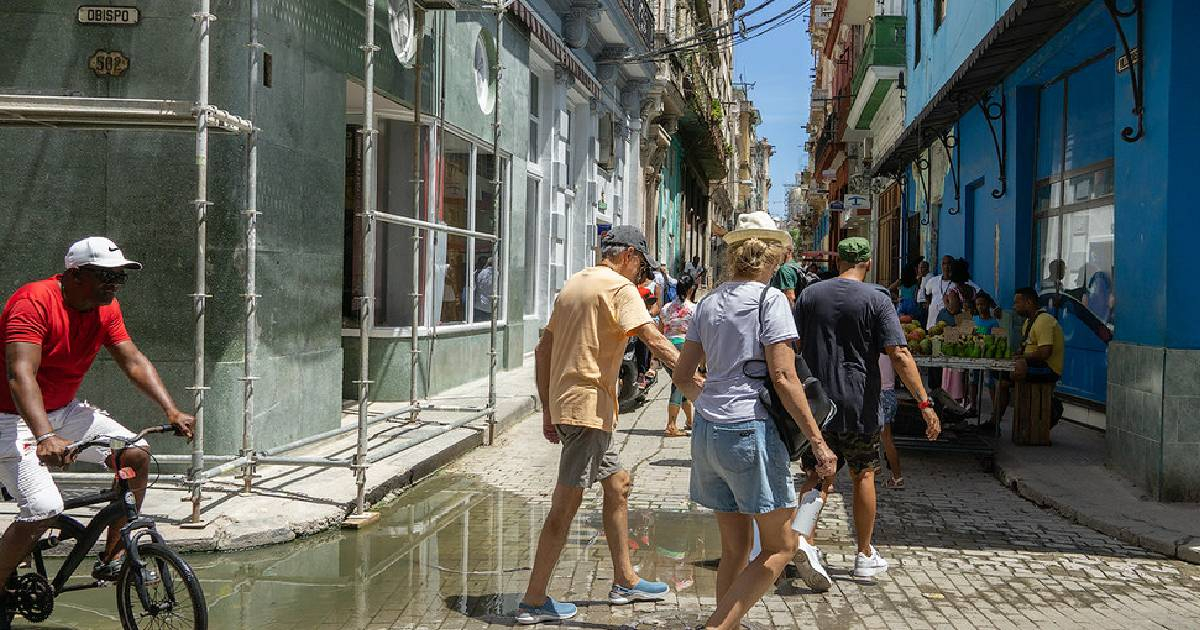Cases of the Oropouche virus imported into Europe via travelers, primarily from Cuba, have been escalating. The European Centre for Disease Prevention and Control (ECDC) has reported at least 19 cases in recent weeks.
Recent data from the ECDC reveals that the number of imported Oropouche virus cases in Spain has risen to 12 between June and July, all linked to travel to either Cuba or Brazil, according to the EFE news agency. Additionally, there have been five cases reported in Italy and two in Germany; 18 of these cases are connected to travel to Cuba, and one to Brazil.
In early August, the ECDC confirmed two Oropouche cases in Germany and increased the number of diagnosed cases in Italy to four. By mid-July, the ECDC had identified six cases in Europe: three in Spain and three in Italy.
According to EFE, the Oropouche virus is primarily transmitted to humans through the bites of insects like the Culex quinquefasciatus mosquito and midges, especially in endemic regions. The ECDC has advised travelers to endemic areas in Latin America to exercise caution, though it notes that the risk is not high.
"The risk of Oropouche infection for those traveling or residing in epidemic areas in South America, Central America, and the Caribbean is considered moderate. However, the risk increases for those visiting highly affected areas, particularly the northern states of Brazil and the Amazon region, and for those not taking adequate protective measures," the ECDC stated.
The Oropouche virus is present in all Cuban provinces, as reported by Dr. Carilda Peña García, Deputy Minister of the Ministry of Public Health (MINSAP). In an interview with Canal Caribe, she mentioned the circulation of two arboviruses with similar initial symptoms in patients seeking medical care, compounded by the detection of COVID-19 cases.
The situation is worsening, keeping island residents on high alert, as the Ministry of Health lacks the necessary equipment and supplies to combat the disease, even in preventive measures. Francisco Durán, National Director of Epidemiology at MINSAP, acknowledged that the country does not have the fuel required for mosquito fumigation.
Symptoms of the disease include high fever, headaches, joint pain, general discomfort, vomiting, and diarrhea, differing from dengue in the duration of symptoms.
Oropouche Virus Concerns in Europe
Given the recent surge in Oropouche virus cases in Europe, many people have questions about the disease, its transmission, and preventive measures. Below are some common questions and their answers.
What is the Oropouche virus?
The Oropouche virus is an arbovirus transmitted to humans primarily through insect bites, such as mosquitoes and midges. It is endemic in certain regions of Latin America.
How is the Oropouche virus transmitted?
The virus is mainly transmitted by the bites of insects like the Culex quinquefasciatus mosquito and midges, especially in areas where the virus is endemic.
What are the symptoms of Oropouche virus infection?
Symptoms include high fever, headaches, joint pain, general discomfort, vomiting, and diarrhea. These symptoms can differ from dengue fever in their duration.
What preventive measures can travelers take?
Travelers to endemic areas should use insect repellent, wear protective clothing, and stay in accommodations with proper screens or air conditioning to reduce the risk of insect bites.
